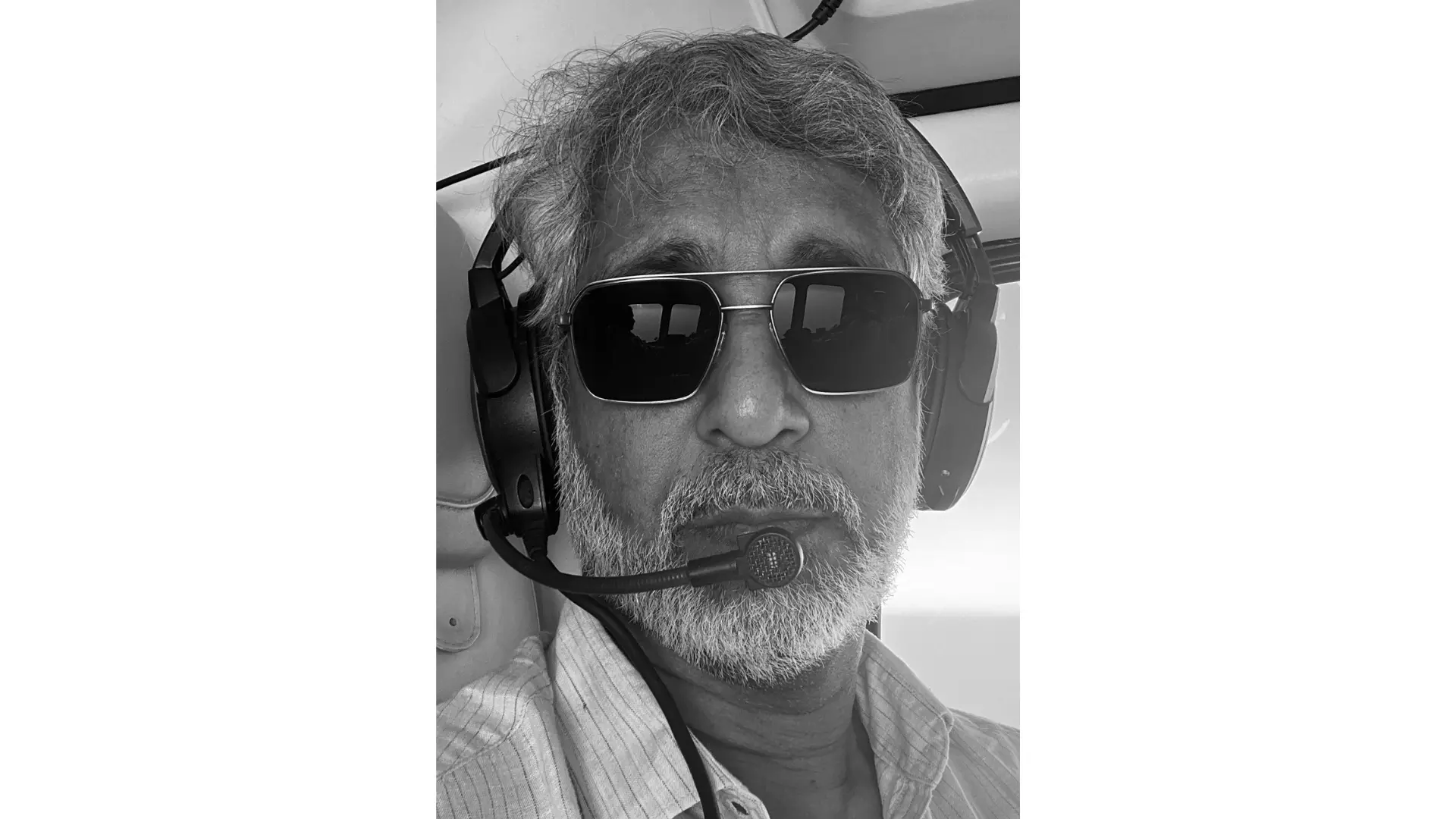Joshimath could be on razor\'s edge

Hyderabad: What lies underneath, and how it lies, holds the key to the safety, security, and survivability of the holy town Joshimath, the gateway to the major Hindu temple town of Badrinath in the Himalayan foothills of Uttarakhand. Joshimath, built on what has now clearly emerged as being a ‘not very stable land’ and declared disaster-prone by the local authorities in the wake of the subsidence that resulted in hundreds of houses developing cracks rendering much of the town unsafe, incidentally lies in what geologists classify as zone 5, a designation reserved for the most seismically active areas in the country.
With urgent efforts to evacuate people amid fears of a possible large-scale landslide that could destroy the town completely, the question is whether Joshimath, the winter abode of Swamy Badrinarayan of Badrinath temple, can survive its present scare and emerge as a better built town.
“At a larger scale, what is required is a balance between development and environmental safety. This will need more attention and involvement of all stakeholders,” said Dr. N. Purnachandra Rao, chief scientist and head of the environmental seismology group at CSIR-NGRI here on Monday.
An expert with three decades of study of earthquakes and seismicity in the country, Dr. Rao said that Joshimath will require detailed studies – geological, geophysical, geomorphological, geotechnical and seismic.
“These are hazard studies that are required at a micro-zonation level. The studies will help in understanding the strength of the subsurface rocks. We need to understand what lies beneath, how it lies, and how it could behave,” he told Deccan Chronicle.
The National Geophysical Research Institute scientist said that the area will also require ‘precursory monitoring’, something that is now being experimented with in Uttarakhand to study the possibility of getting early warning of an event that could start at one location and have a cascading effect elsewhere, particularly in downstream areas.
There are multiple reasons for what Joshimath is experiencing now. It is in an ecologically fragile and tectonically active area. The high topography with steep slopes, and the weak rock structure on which the town rests, can be considered as some of the reasons. Then there is construction activity, deforestation adding to the instability with the additional factor of the changes in precipitation patterns caused by rains and melting of snows and feed from glacial lakes. “All these contribute to weakening of the soil,” he said.
“The region has several glacial lakes and with the impact of global warming, there is a risk of such lakes bursting, and these could add to the crisis in Joshimath. And as far as seismicity is concerned, each shake, even the minutest ones, can add to the instability coupled with other factors. A very cautious approach is required in this regard,” Dr. Rao explained.
Detailed multi-faceted geological studies;
Setting up of a precursor monitoring system;
Focus on earthquake resistant structures;
Micro-zonation hazard studies.

